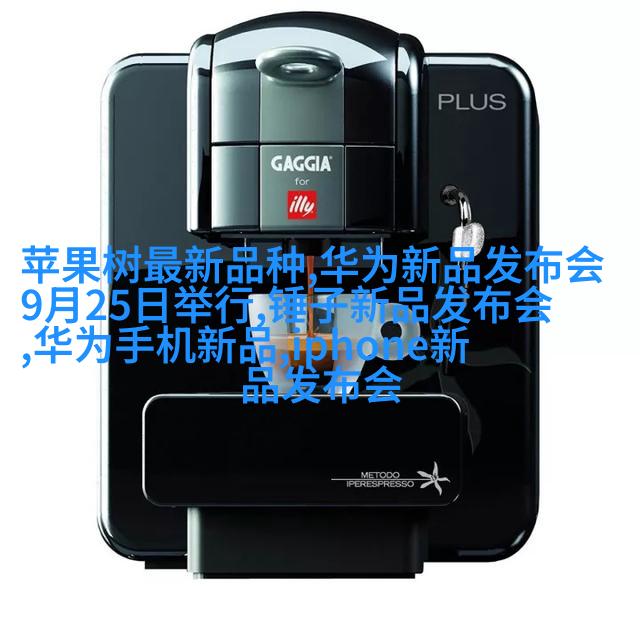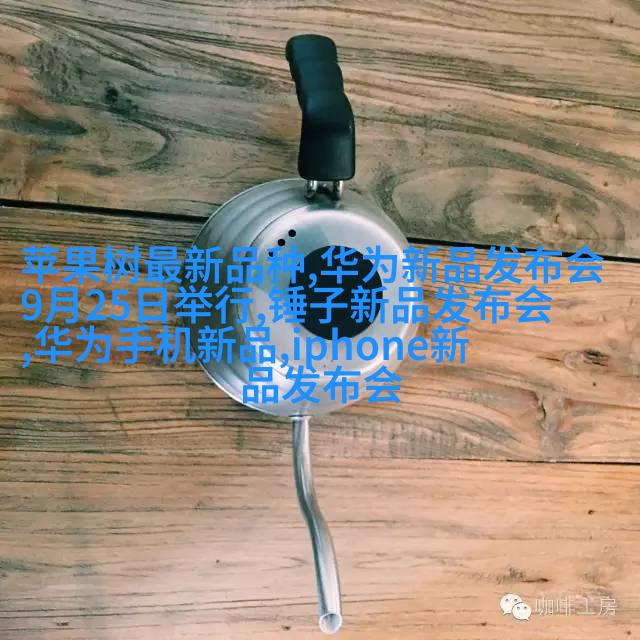2025-05-20 新品 0
1. Introduction

控制温室气体排放已经成为全球范围内的重要议题,随着工业化和能源消费的不断增长,如何有效地减少对环境的影响变得越来越紧迫。Selective Catalytic Reduction (SCR) technology has emerged as a promising solution in this regard, utilizing the selective catalytic reduction of nitrogen oxides (NOx) with ammonia (NH3) to produce harmless nitrogen gas and water.
2. The Role of SCR Technology in Emissions Control

SCR technology is widely used in power plants, industrial processes, and automotive applications for controlling NOx emissions. By using a catalyst to facilitate the reaction between NH3 and NOx, SCR systems can achieve high levels of NOx removal efficiency while minimizing the production of other pollutants.
3. Understanding the Importance of Catalysts in SCR Systems

The heart of any effective SCR system is its catalyst. A high-quality catalyst must possess specific properties such as surface area, pore volume, acidity/basicity, metal loading, etc., which enable it to promote chemical reactions efficiently while maintaining stability over time.
4. The Functioning Principle Behind Selective Catalytic Reduction Reactions

SCR reactions involve an exothermic process where ammonia reacts with nitric oxide or nitrogen dioxide on the surface of an active catalytic material at moderate temperatures (typically between 200°C and 450°C). This results in the formation of elemental dinitrogen N2(g), water H2O(l), and oxygen O2(g).
5. Designing Efficient Reactors: An Overview

In order to ensure optimal performance from their SCR systems, manufacturers often turn to detailed designs that include scr反应器结构示意图—a visual representation illustrating key components like inlet/outlet manifolds, reaction chamber(s), heat exchange elements for temperature control purposes or cooling devices such as fans/coolers; these are typically integrated into larger plant layouts or even installed within existing facilities.
6 scr反应器结构示意图 Analysis & Optimization Techniques
By examining scr反应器结构示意图 engineers can gain valuable insights into potential bottlenecks within their system design which could hinder efficient operation or limit overall performance capacity thereby impacting economic feasibility along with environmental impact when compared against industry benchmarks set forth by regulatory bodies worldwide
7 Case Studies Demonstrating Successful Implementation Of Scr Technology
From coal-fired power plants transitioning towards cleaner energy sources via natural gas combustion installations being retrofitted with scrubbers—selective catalytic reduction technologies have been employed across various sectors resulting not only significant reductions but also cost savings associated with reduced fuel consumption due increased thermal efficiency alongside decreased maintenance requirements thanks improved equipment longevity
8 Challenges And Opportunities In Advancing Scr Technology
While selectivity remains one major challenge when considering broader adoption rates amongst industries given varying operating conditions—such advancements continue be made through research efforts aimed at optimizing catalyst composition materials so they may better withstand corrosive environments higher temperatures reducing downtime further improving efficiencies
9 Conclusion & Future Directions For Scr-Based Solutions
As we move forward toward more sustainable futures—our reliance upon technologies like selective catalytic reduction will undoubtedly grow stronger Given ongoing innovations driven by scientific breakthroughs coupled collaborative partnerships among governments businesses academia—it's reasonable expect continued improvements leading toward widespread implementation throughout diverse sectors worldwide enabling us tackle pressing issues related greenhouse gas emissions effectively while driving progress economically too
上一篇:药物精准制造机械之心的完美编织